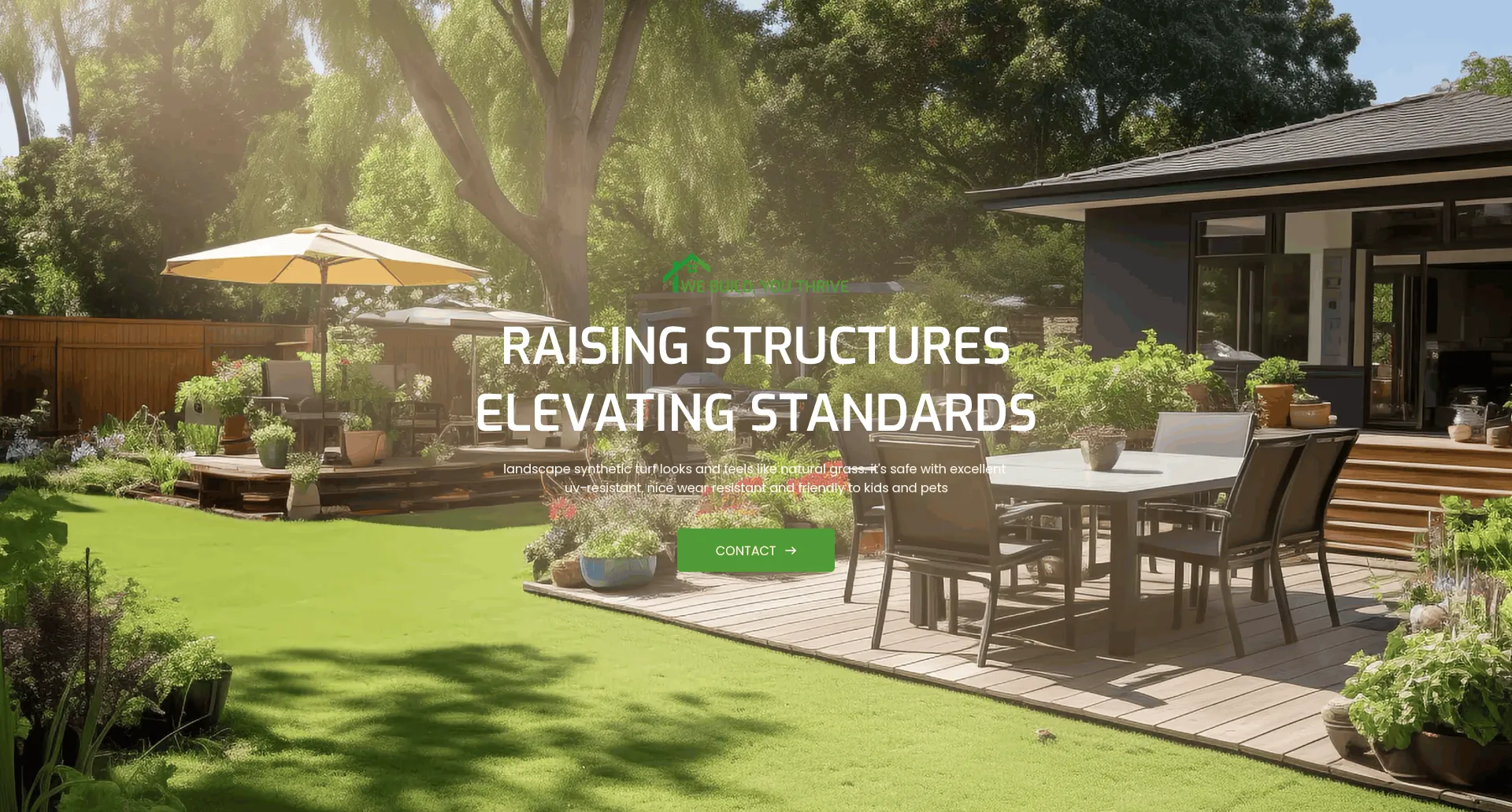turf grass
Dec . 19, 2024 18:59 Back to list
The Importance of Turf Grass in Modern Landscapes
Turf grass, often considered a simple covering for our lawns and playing fields, plays a vital role in modern landscapes. From recreational areas to environmental benefits, turf grass contributes positively to our lives in numerous ways. This article delves into the importance of turf grass, exploring its benefits, maintenance, and ecological impact.
Aesthetic Appeal and Usability
One of the most apparent functions of turf grass is its aesthetic contribution. A lush, green lawn enhances the visual appeal of residential and commercial properties alike. Turf grass creates an inviting environment, providing a perfect backdrop for family gatherings, outdoor activities, and social events. In public parks and recreational fields, healthy turf grass offers safe and attractive spaces for sports and community activities, encouraging physical fitness and outdoor engagement.
Environmental Benefits
Beyond aesthetics, turf grass plays a significant role in environmental health
. It helps combat soil erosion by stabilizing the ground with its extensive root system. This is particularly important in areas prone to heavy rainfall, where eroded soil can pollute nearby waterways. Turf grass also improves air quality by absorbing carbon dioxide and releasing oxygen, contributing to a healthier atmosphere.Moreover, turf grass acts as a natural filter, capturing dust and pollutants from the air. Its ability to absorb rainfall allows it to manage stormwater effectively, reducing the risk of flooding. This characteristic makes turf grass a valuable asset in urban planning, where impervious surfaces are prevalent.
turf grass

Biodiversity and Habitat
Turf grass also supports diverse ecosystems. While it may seem like a monoculture at first glance, many turf varieties provide habitats for various organisms, from earthworms and insects to birds and small mammals. Maintaining a healthy turf can promote biodiversity, making lawns and fields essential for local wildlife. By incorporating native grass species into turf areas, homeowners and landscape designers can further enhance biodiversity, providing food and shelter for local fauna.
Maintenance and Sustainability
While turf grass offers numerous benefits, maintaining it requires a balance between aesthetics and sustainability. Watering, mowing, fertilizing, and pest control are critical components of turf management. However, excessive use of fertilizers and pesticides can harm the environment. Adopting sustainable practices, such as using organic fertilizers, implementing rainwater harvesting, and selecting drought-resistant grass varieties, can mitigate these adverse effects.
Additionally, the concept of xeriscaping has gained popularity, promoting landscapes that require minimal irrigation. By integrating turf grass with drought-tolerant plants, homeowners can achieve a visually appealing landscape that conserves water resources.
Conclusion
In conclusion, turf grass is much more than just a ground cover; it is an integral part of our landscapes, contributing to aesthetic beauty, environmental health, and ecological diversity. By understanding its significance and implementing sustainable maintenance practices, we can ensure that turf grass continues to enhance our lives and the environment for generations to come. As urban areas expand and the impact of climate change becomes more apparent, the role of turf grass in promoting sustainability will only grow in importance, making it a vital component of our natural and built environments.
-
Durable, Eco-Friendly Turf for Balcony | Enhance Your Urban Space
NewsNov.24,2025
-
Turf Between Pavers: Sustainable Green Paving Solutions for Modern Urban Spaces
NewsNov.24,2025
-
Discover the Benefits of Turf and Pavers Backyard | Sustainable Outdoor Design
NewsNov.24,2025
-
Top Quality Artificial Grass – Sustainable, Durable, and Stylish Turf Solutions
NewsNov.24,2025
-
Durable and Eco-Friendly Thick Artificial Grass Solutions | Hoya Grass
NewsNov.24,2025
-
Synthetic Turf: Sustainable Green Solutions for Sports, Industry & Urban Living
NewsNov.24,2025
Products categories










